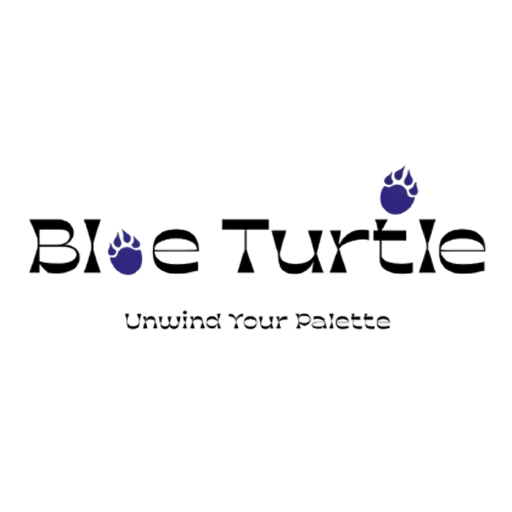Burnout is more than just feeling overworked or stressed; it leads to tangible changes in brain structure and function. Research indicates that individuals experiencing burnout may have an enlarged amygdala—the brain region responsible for emotional responses like fear and aggression. This enlargement is associated with heightened emotional reactivity and difficulty managing stress.
Furthermore, burnout has been linked to reduced connectivity between the amygdala and the anterior cingulate cortex (ACC), a region involved in emotional regulation. This weakened connection can impair one’s ability to manage negative emotions effectively. Additionally, studies have observed thinning in the medial prefrontal cortex (mPFC), a critical area for executive functions such as attention, decision-making, and coping mechanisms.
The Role of Somatic Practices and Creative Arts in Burnout recovery,
Given these profound neural impacts, incorporating somatic practices and creative arts can be instrumental in burnout recovery. Burnout is more than exhaustion—it’s a disconnect from yourself. It’s when your mind, body, and emotions feel drained, and no amount of sleep or vacation seems to help. The good news? Your body holds the key to healing. By tuning into its wisdom through embodiment techniques and artistic expression, you can restore balance and reignite your energy.
As a mindset and ontological coach and a creative arts practitioner, I believe that true recovery from burnout isn’t just about rest—it’s about reconnection. Here’s how you can start, in simple, human ways.
- Somatic Practices: Engaging in body-centered therapies, such as mindfulness, yoga, or tai chi, can help recalibrate the nervous system, reduce stress hormones, and promote neuroplasticity, aiding in the restoration of affected brain regions.
- Creative Arts: Participating in activities like painting, music, or dance provides emotional release and stimulates brain areas linked to pleasure and relaxation, counteracting the effects of burnout.
Integrating these approaches into daily life fosters resilience, enhances emotional well-being, and supports the brain’s recovery from the detrimental effects of chronic stress.
